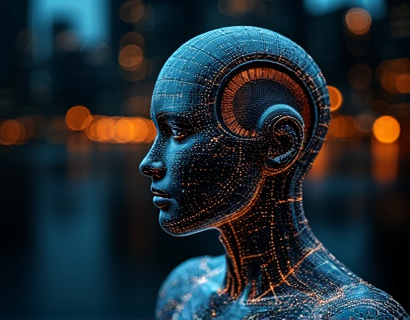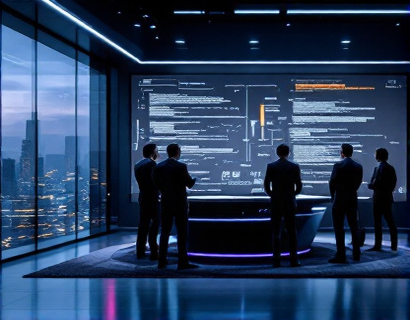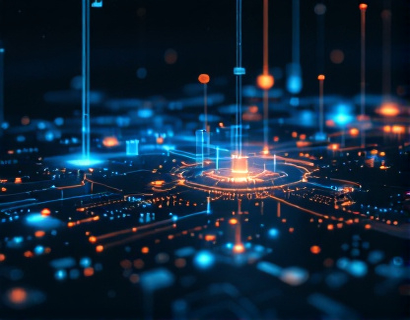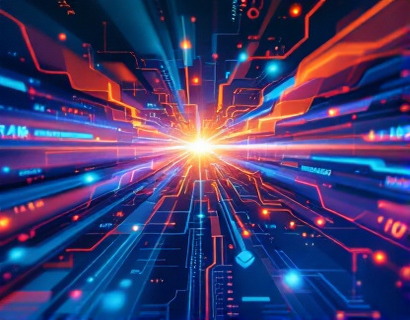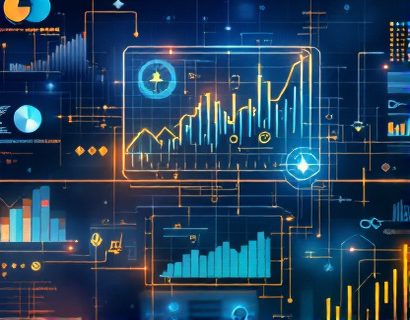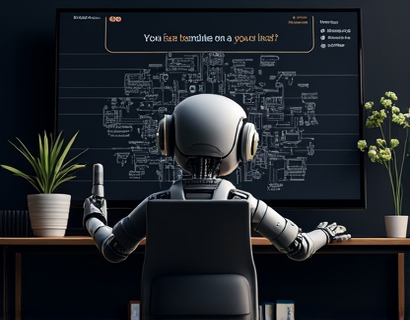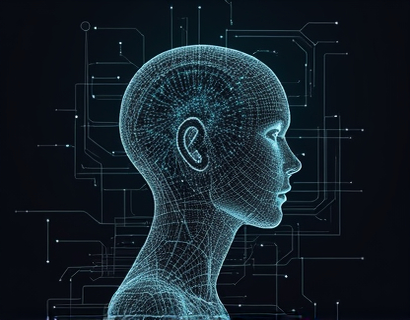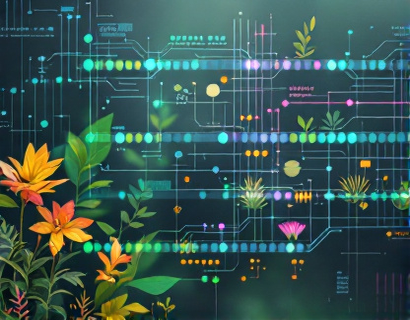AI-Powered Translation Tools: Revolutionizing Global Communication with Cutting-Edge Technology
In an increasingly interconnected world, the ability to communicate across language barriers has become more crucial than ever. AI-powered translation tools are at the forefront of this revolution, offering precise and efficient translations that break down linguistic barriers and enhance global interactions. These advanced online solutions are transforming the way businesses and individuals connect, collaborate, and conduct transactions across diverse cultures and languages.
The integration of artificial intelligence in translation technology has marked a significant shift from traditional rule-based systems. AI-driven translation tools leverage machine learning algorithms, natural language processing, and vast databases of linguistic data to deliver translations that are not only accurate but also contextually relevant. This evolution has made it possible for users to enjoy seamless multilingual communication, fostering better understanding and cooperation in both personal and professional settings.
Enhancing Business Interactions
For businesses operating in a global market, effective communication is key to success. AI-powered translation tools provide a robust solution by enabling real-time translation of documents, emails, and conversations. This capability is particularly valuable in industries such as international trade, finance, and technology, where precise communication can significantly impact business outcomes. By eliminating language barriers, companies can expand their reach, tap into new markets, and build stronger relationships with international partners and clients.
One of the most significant advantages of AI translation tools is their speed and efficiency. Traditional translation methods often involve human translators who, while skilled, can be limited by their availability and workload. AI systems, on the other hand, can process and translate large volumes of text almost instantaneously, ensuring that business communications are timely and effective. This efficiency is crucial in fast-paced environments where delays can result in missed opportunities or misunderstandings.
Accuracy and Contextual Understanding
Accuracy is paramount in translation, especially in professional contexts where nuances and precision matter. AI-powered translation tools have made significant strides in improving translation accuracy by incorporating advanced algorithms and extensive language databases. These systems are trained on vast amounts of multilingual data, allowing them to understand and translate text with a high degree of accuracy.
Moreover, AI translation tools are capable of contextual understanding, which is essential for translating idiomatic expressions, colloquialisms, and culturally specific references. This capability ensures that translations are not only linguistically correct but also culturally appropriate, reducing the risk of miscommunication. For instance, a business message that uses industry-specific jargon or regional expressions can be accurately translated, maintaining the intended meaning and tone.
Seamless Multilingual Connections
The ability to communicate seamlessly across multiple languages is a game-changer for global collaboration. AI-powered translation tools facilitate this by providing real-time translation services that can be integrated into various platforms and applications. Whether it's a video conference, a chat message, or a written report, these tools ensure that language does not hinder communication.
For individuals, this means participating in global conversations without the fear of language barriers. Students, travelers, and professionals can engage with people from different parts of the world, enhancing their learning experiences and professional opportunities. Businesses can leverage these tools to conduct meetings, negotiate deals, and manage projects with international teams, all while maintaining clear and effective communication.
Industry-Specific Applications
The benefits of AI-powered translation tools extend across various industries, each with its unique communication challenges. In the healthcare sector, accurate translation of medical documents and patient communications is critical for patient care and safety. AI translation tools can help healthcare providers overcome language barriers, ensuring that patients receive the appropriate treatment and information.
In the legal field, precision in translation is paramount. Contracts, legal documents, and court proceedings require exact translations to avoid any legal complications. AI-powered tools can assist legal professionals by providing reliable and accurate translations, helping to maintain the integrity of legal communications.
The education sector also stands to gain significantly from AI translation tools. Language learning platforms can use these tools to provide instant translations, helping students understand and practice new languages more effectively. Additionally, educational institutions can use AI translation to make course materials and research papers accessible to a global audience, fostering a more inclusive and diverse learning environment.
Challenges and Limitations
Despite the numerous advantages, AI-powered translation tools are not without challenges. One of the primary limitations is the handling of highly specialized or technical content. While AI systems have made great progress, they may still struggle with highly specialized terminology or context-specific nuances. In such cases, human expertise is often necessary to ensure the highest level of accuracy and quality.
Another challenge is the preservation of tone and style in translations. AI systems may sometimes produce translations that lack the emotional or stylistic elements present in the original text. This can be particularly problematic in creative writing, marketing materials, and brand communications, where the tone and style are crucial to the message's impact.
Privacy and security concerns also arise when using AI translation tools, especially for sensitive business or personal information. Ensuring that data is handled securely and in compliance with relevant regulations is essential to build trust and confidence in these technologies.
Future Prospects
The future of AI-powered translation tools looks promising, with ongoing advancements in machine learning and natural language processing. As these technologies continue to evolve, we can expect even more accurate and contextually aware translations. The integration of multimodal inputs, such as speech and images, will further enhance the capabilities of these tools, making them more versatile and user-friendly.
Additionally, the development of low-resource language support will help bridge the gap for languages with limited digital resources. This will make AI translation tools more accessible and beneficial for a broader range of users, promoting greater global inclusivity.
In conclusion, AI-powered translation tools are revolutionizing global communication by breaking down language barriers and enhancing business interactions. Their precision, efficiency, and seamless integration into various platforms make them invaluable assets for individuals and businesses alike. As these technologies continue to advance, they will play an increasingly important role in fostering a more connected and understanding world.




